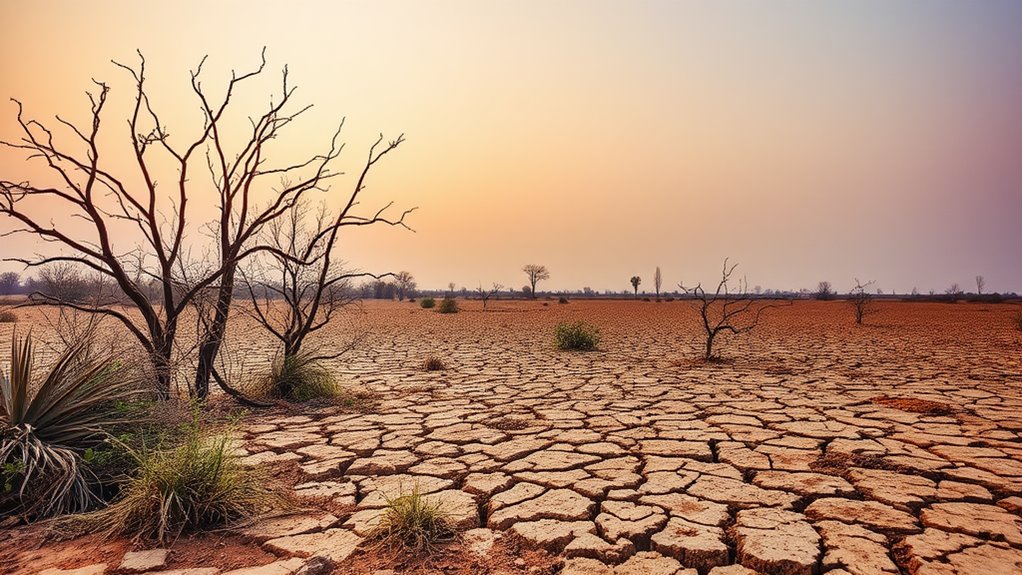In the lively, dynamic heart of London, in the middle of the legendary sites and hurried footprints, exists a quieter existing– a growing focus on well-being and self-care. For those looking for relief and rejuvenation, the city uses a riches of resources developed to nurture both body and mind. Amongst these, London’s all natural healing centres attract attention as havens of peace, where ancient practices and modern understanding assemble to provide a course in the direction of inner peace according to fantastic website.
Visualize entering a room where the air is infused with calming aromas, and the ambience urges you to merely breathe. Places like Triyoga, with its multiple places across the city, and The Better Health Center supply just that– a shelter from the daily needs of life. Below, a varied variety of treatments waits for, each thoughtfully made to promote an extensive sense of calm and remediation.
Think about acupuncture, an old-time method that includes the gentle insertion of fine needles to stimulate particular factors on the body. Several find this therapy incredibly effective in releasing physical tension, easing aches and pains, and advertising a feeling of general well-being. It’s a subtle yet powerful way to motivate the body’s all-natural recovery abilities according to cheap London escorts.
Then there’s aromatherapy, a sensory journey that takes advantage of the power of vital oils. As great smelling molecules fill the air, they can evoke feelings of peace, reduce anxiousness, and uplift the spirit. Whether through massage therapy or merely diffused in the space, these natural aromas produce a setting conducive to leisure and psychological balance.
For those fascinated by the subtle powers that move within us, Reiki uses a mild yet profound experience. This Japanese healing method includes an expert directing power via their hands to advertise leisure and a sense of deep peace. Numerous people report really feeling a renewed feeling of vitality and emotional quality after a Reiki session.
What makes these holistic approaches so compelling is their emphasis on interconnectedness. They identify that our physical, mental, and emotions are not different entities yet instead interwoven facets of our overall health and wellness. By resolving these measurements in harmony, therapies like acupuncture, aromatherapy, and Reiki provide an even more extensive path to health than focusing on just one facet. They encourage a deeper understanding of ourselves and our ability for recovery.
In a city that frequently requires a lot of our power, these recovery sources give important spaces for break and revival. They supply a possibility to step away from the relentless speed of city life and reconnect with our psyches. Discovering London’s alternative healing centres can be a transformative journey, directing you towards a higher sense of equilibrium, tranquility, and overall wellness– a true sanctuary within the city.
